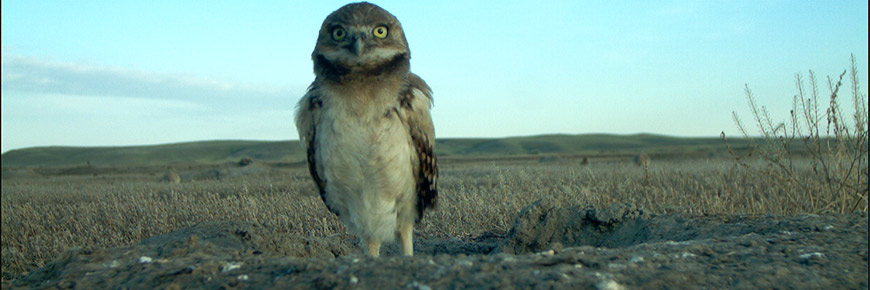
Species at risk in Grasslands National Park
Grasslands National Park
Species at risk are species that have had a significant decline in population in a certain area. This includes plants, insects, reptiles, birds, mammals – any living wildlife. Species can be designated provincially at risk (numbers have declined substantially in a province/territory), or federally at risk (numbers have declined across all of Canada).
Rare species occur in low numbers or inhabit extremely restricted areas. Not all rare species are at risk.
There are billions of species in the world, many not yet discovered. The rate at which species go extinct has been estimated to be one species every twenty minutes! This is a cause for concern and emphasizes the importance of assessing and protecting species at risk.
The Committee on the Status of Endangered Wildlife in Canada (COSEWIC) makes designations on native species for mammals, birds, amphibians, fishes, arthropods, molluscs, plants, mosses and lichens. The following is a list of the species at risk in Grasslands National Park of Canada according to the COSEWIC assessment. Committee members meet at least once a year to discuss and evaluate Canadian species.
The Parks Canada Agency administers national historic sites, national parks and reserves and national marine conservation areas. Of these, three have been designated as priority sites by Parks Canada. Due to the large number of species at risk in the Grasslands National Park of Canada and area, it has been designated as one of those priority sites.
Extinct: A species that no longer exists.
Extirpated: a species that no longer lives in an area it used to inhabit, though it can still be found in other parts of the world.
Black-footed Ferret ( Mustela nigripes )
Greater Prairie-Chicken ( Tympanuchus cupido )
Grizzly Bear ( Ursus arctos )
Burrowing Owl ( Athene cunicularia hypugaea )
Greater Sage-Grouse ( Centrocerus urophasianus urophasianus )
Mountain Plover ( Charadrius montanus )
Sage Thrasher ( Oreoscoptes montanus )
Greater Short-horned Lizard ( Phrynosoma hernandesi )
Loggerhead Shrike ( Lanius ludovicianus excubitorides )
Sprague’s Pipit ( Anthus spragueii )
Eastern Yellow-bellied Racer ( Coluber constrictor flaviventris )
Black-tailed Prairie Dog ( Cynomys ludovicianus )
Plains Bison ( Bison bison bison )
Ferruginous Hawk ( Buteo regalis )
Swift Fox ( Vulpes velox )
Long-billed Curlew ( Numenius americanus )
Northern Leopard Frog ( Rana pipiens )
Short-eared Owl ( Asio flammeus )
Mormon Metalmark ( Apodemia mormo )
Peregrine Falcon ( Falco peregrinus anatum )
Prairie Rattlesnake ( Crotalus viridus )
Bull Snake (Pituophis catenipher sayi )
Related links
- Date modified :